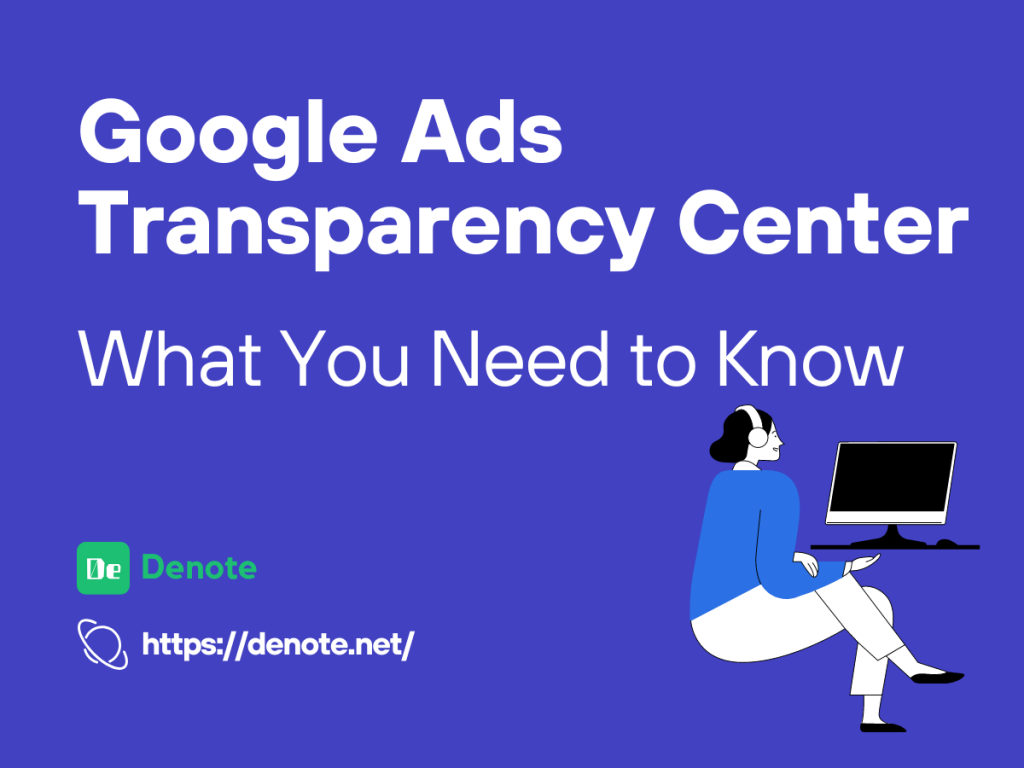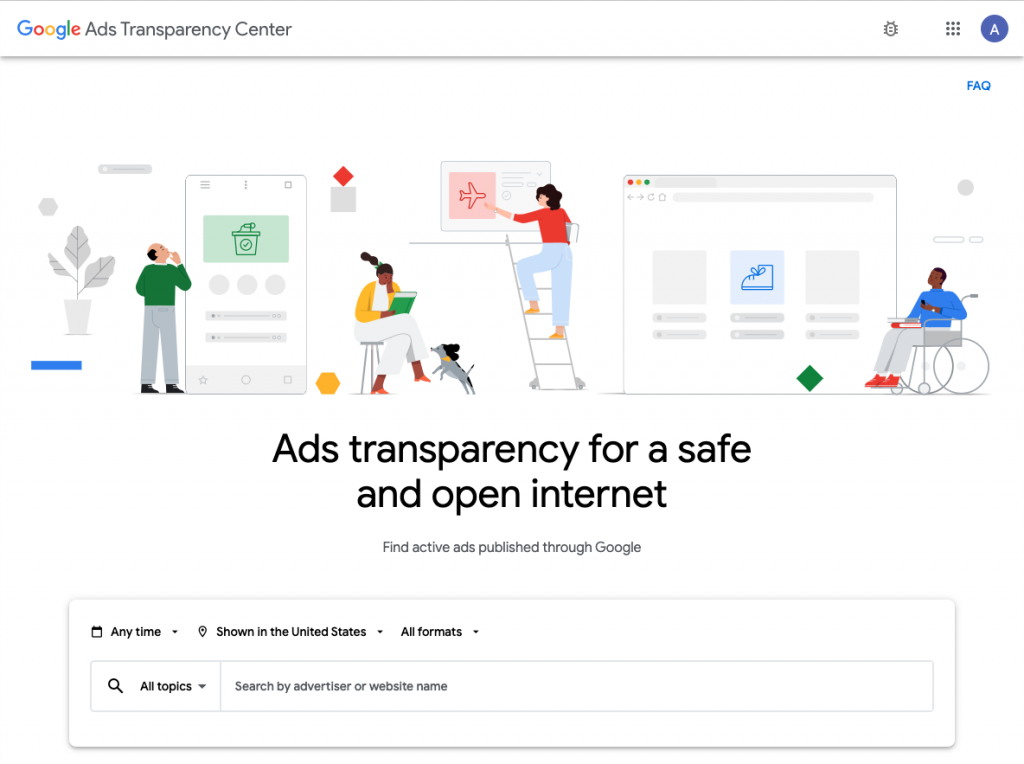Google Ads Transparency Center – What You Need to Know

Contents
Introduction
Google recently launched the Google Ads Transparency Center!
The digital landscape is filled with a plethora of advertisements, and it's crucial for users to have transparency about the content they encounter. In response to this need, Google introduced the Ads Transparency Center. This article will delve into what the Transparency Center is, why it was launched, the data it provides, how it operates, and its significance in the world of online advertising.
What is the Google Ads Transparency Center?
The Google Ads Transparency Center is a crucial platform that provides users with valuable insights into the world of online advertising. It plays a significant role in enhancing transparency and trust between advertisers, users, and the platform itself. This article aims to give you a comprehensive overview of the Google Ads Transparency Center, including its key features.

-
Overview of Google Ads Transparency Center:
The Google Ads Transparency Center is a dedicated portal designed to offer detailed information about the ads that users encounter while browsing. It allows users to view ads, learn more about advertisers, and gain insights into the ad content. -
Advertiser Information:
One of the key features of the Transparency Center is the ability to access detailed information about advertisers. Users can see the names of advertisers, their country of origin, and other pertinent details. This fosters trust by providing users with a clearer understanding of who is behind the ads they see. -
Ad Creative Details:
The Center also provides users with insights into the creative elements of the ads. Users can view images, headlines, and descriptions associated with the ads. This allows for a more comprehensive understanding of the content being presented. -
Ad Targeting Information:
Another significant aspect of the Transparency Center is its focus on ad targeting. Users can see why they are being shown a particular ad, including factors such as demographics, interests, and website visits. This empowers users to have more control over the ads they encounter. -
Feedback and Reporting:
The Transparency Center offers a channel for users to provide feedback on ads. If a user encounters an ad that they find misleading or inappropriate, they can report it through the Center. This helps maintain a high standard of ad quality. -
Policy Compliance:
The Transparency Center also highlights whether an ad complies with Google's advertising policies. This ensures that users are exposed to content that meets specific standards of quality and relevance. -
Privacy Considerations:
Google takes user privacy seriously. The Transparency Center maintains strict privacy standards and ensures that user information is protected. It provides transparency about how user data is used for ad personalization. -
Educational Resources:
The Transparency Center offers educational resources to help users understand how online advertising works. This includes articles and videos that explain various aspects of advertising, from ad targeting to best practices for advertisers.
Why Did Google Launch Google Ad Transparency Center?
Google launched the Ads Transparency Center with the primary goal of fostering trust and transparency between advertisers and users. It addresses the growing concern among users about the origin and content of the ads they encounter online. By providing detailed insights into the advertising process, Google aims to empower users to make informed decisions about the content they engage with.
What Data Does the Transparency Center Provide?
The Transparency Center offers a wealth of information to users. This includes detailed profiles of advertisers, showcasing their names and country of origin. Users can also explore the creative elements of ads, such as images, headlines, and descriptions. Furthermore, the Center provides insights into the targeting criteria that led to the display of a specific ad.
How Does the Transparency Center Work?
The Transparency Center functions as a centralized hub that aggregates and presents information about ads. It compiles data from various sources, including advertisers themselves, to provide users with a comprehensive view of the advertising ecosystem. The Center employs a user-friendly interface, allowing for easy navigation and exploration of ad-related information.
Conclusion
The Google Ads Transparency Center stands as a testament to Google's commitment to user empowerment and transparency in the digital advertising space. By offering a window into the world of online advertising, it enables users to make informed decisions about the content they encounter. This platform plays a pivotal role in building trust between advertisers and users, ultimately creating a safer and more transparent online advertising experience for all parties





